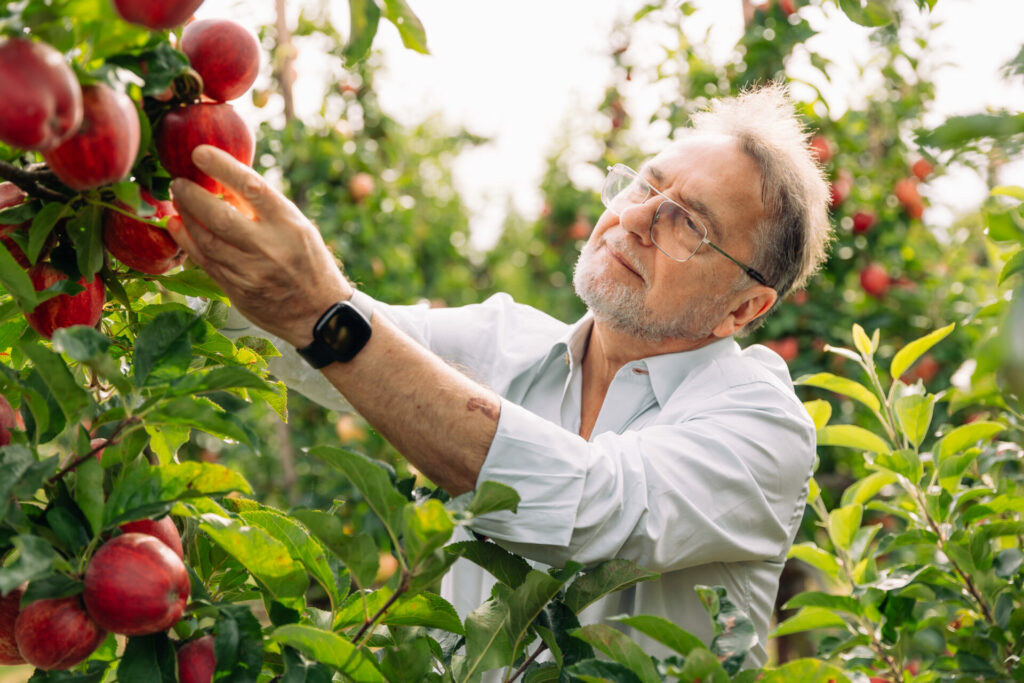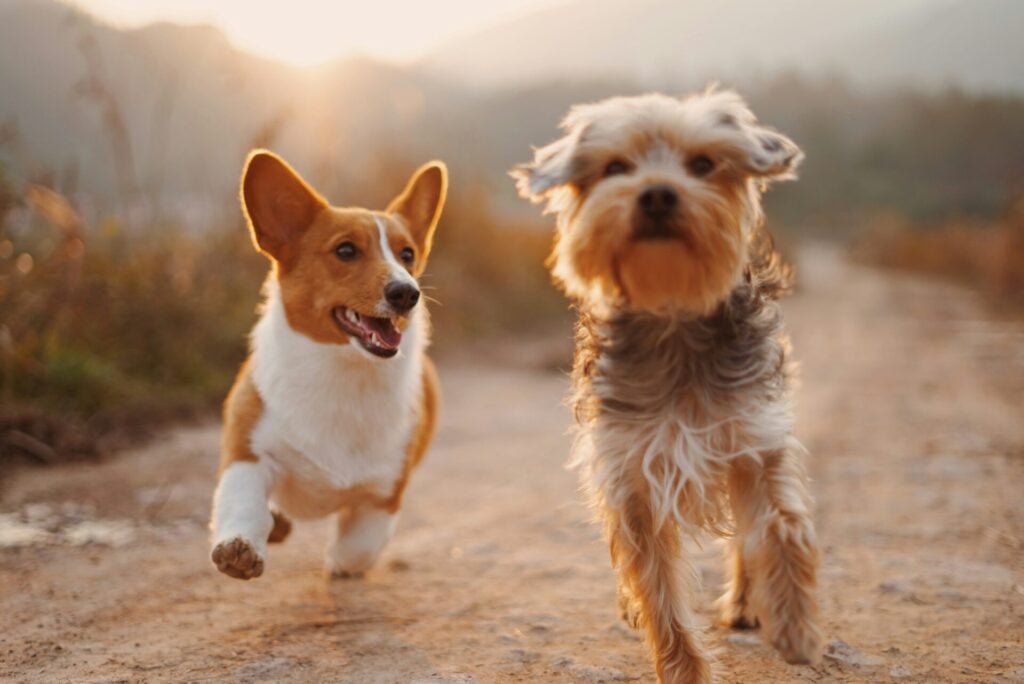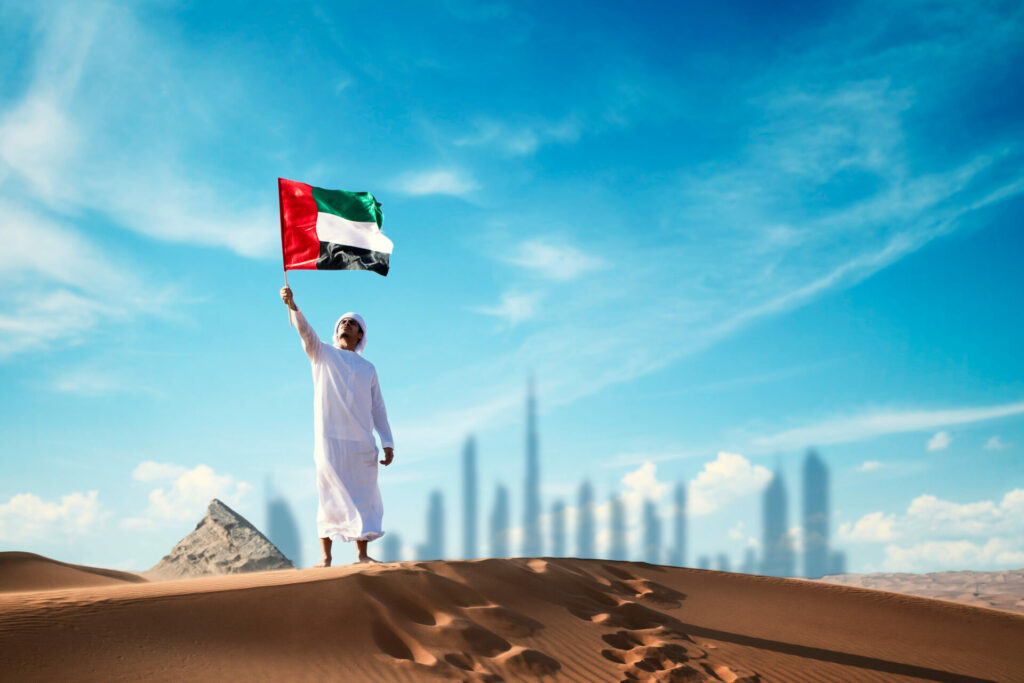Some no doubt thought that Portofino, in Italy, was going too far last year when it introduced legislation allowing it to impose a new fine for certain tourists. What could be the charge? Littering or vandalism maybe? Actually it was for blocking the way of others by loitering to take a selfie.
But nor is Portofini alone. In the town of Hallstatt in Austria, a board has been erected at one of its more popular beauty stops to make taking a selfie that much harder. In Japan the JR West Railway Company has banned the use of selfie-sticks on its platforms. The authorities of Mumbai have likewise banned selfies in some areas too. Has the world finally woken up to the idea that people who take selfies are just annoying?
That might well be the belief of anyone over the age of 40. Quite aside from the inconvenience the selfie-obsessed pose to people less interested in taking photos of themselves all day, psychological studies have linked selfies to what are known as ‘the dark traits’ of psychopathy, Machiavellianism and narcissism, especially among men. Further studies have linked selfie production to shallow relationships, loneliness, anorexia and poor mental health. Others have spoken of the problems of ‘the distracted gaze’ – that when you’re preoccupied with taking a photo of yourself, you’re not actually present in real life, wherever you may be at the time.
The Selfie as Self-Expression
‘Selfies have become a paradox with as many people now complaining about them as taking them,’ argues Sarah Diefenbach, professor of psychology at the University of Munich. ‘I think more people are moving against selfies now precisely because of the growing association with those negative character traits: that the selfie is [by definition] ‘all about you’. It’s inherently inauthentic. All those people putting on the same selfie faces over and over….’

Yet opinions may differ for those younger than 40. Millennials and Generation Z think of selfies very differently: according to the social media researcher Robert Kozinets selfies are for them an important part of identity-building, even if, as Generation Xers might see it, it’s a largely fictional identity. As Kozinets has put it, much as self-portraiture has been used through history, today ‘selfies are a way of constructing ongoing series of narratives about the self. Selfies are reflections of the way we see ourselves…intended for wider audience, as if they were a form of art’. It’s a way, unsurprisingly, of trying to persuade people to believe in the positive image you want to have of yourself and, as such, a powerful means of self-expression.
Diefenbach’s research suggests that for many of these snap-happy types, a lack of self-promotion is correlated with negative feelings. More entertainingly, it also suggests that selfie-takers are inclined to attribute self-promotional motives to other people’s self-taking but not their own. People tend to judge their own selfies as being more authentic or ironic – maybe as a defence against being considered narcissistic.
Deaths caused by selfies are also a global phenomenon – with selfie-related deaths being most common in India, Russia, the United States, and Pakistan. Nearly three-quarters of those killed were men.
The selfie-as-self-expression is one reason why museums have become a hotspot for selfie-taking: having a bold painting or abstract sculpture in the background lends a certain intellectual cred, even if the poet Ken Goldsmith has complained that this reduces the likes of the Mona Lisa to just ‘wallpaper for selfies’. Likewise those locations that allow the faking of a high prestige experience – people photographing themselves checking in to the top-notch hotel they’re not actually staying at, for example.
Dying for Likes
That younger selfie-takers often place such importance on ‘likes’ and followers – and in some cases can parlay these into an income – has led to a spate of instances in which they have even risked all to try to take the most individualistic and so the most viral selfie. One study suggests that, between 2011 and 2017, 259 people died in their attempt to take such a photo. According to a 2018 study conducted by Indian researchers from the All India Institute of Medical Sciences it is also a global phenomenon – with selfie-related deaths being most common in India, Russia, the United States, and Pakistan. Nearly three-quarters of those killed were men.

That leads Professor Gerard Flaherty, of the University of Galway, to argue that ‘mobile telephone manufacturers have a potential role in drawing attention to the risks associated with selfie-taking in a travel context [while] tour operators should warn their clients of these risks’. Visitors to lake Tahoe have been advised not to take ‘bear selfies’, as – dur! – turning one’s back on a bear is extremely dangerous. Alternatively, of course, one might argue this is natural selection at work – the onus not to be moronic might well be on the selfie-taker.
Does that mean those who find selfie-taking irritating – an indication of vanity run amok, of an inability to live in the moment without the need to constantly document that, yes, they are alive – are just out of touch with the 21st century mindset? Perhaps various tourist boards’ move against selfies and the slow rise of ‘DFT’ – that’s Digital Free Tourism, during which your phone stays at home – suggest some tide is turning.

Don’t bet on it. Diefenbach notes that the selfie image is simply becoming the selfie video or the selfie-Instagram story. ‘The classical selfie may be dying out, but as long as there is social media some means of self-presentation will be important [to many], supported by whatever tech comes available – image-editing and now AI, for example,’ she says.
And, according to Raquel Camprubi, associate professor at the University of Girona’s faculty of tourism, for all that local authorities may be trying to mitigate the impact of mass selfie-taking at tourist hotspots, they’re also using the selfies consequently posted as a central plank of their marketing. Selfies are a modern form of word-of-mouth recommendation.
‘Tourism has to strike a careful balance now between the need for destinations to be seen on social networks, through selfies, the need to control over-tourism and even the problem of idealising certain destinations that selfies encourage – go to Barcelona and you’re not actually going to be alone in front of the Sagrada Familia, you know…’
Raquel Camprubi, Associate Professor at the University of Girona
‘It’s why some destinations have created ‘selfie spots’,’ she says – not to save other tourists from these bothersome egotists ‘but as a way of controlling their destination’s image and perhaps to steer people away from producing less desirable images.
‘Tourism has to strike a careful balance now between the need for destinations to be seen on social networks, through selfies, the need to control over-tourism and even the problem of idealising certain destinations that selfies encourage – go to Barcelona and you’re not actually going to be alone in front of the Sagrada Familia, you know…’

Indeed, there is also of what’s called ‘the tourist gaze’ – the fact that so many selfies put the traveller at the forefront of the image to the point that viewers can barely tell where they are anyway. Yet, nonetheless, around 75 per cent of people, according to an American Express survey, have been inspired to visit somewhere by selfies on social media, with some travellers in turn even choosing a destination based on its opportunity for them to create their own viral selfie. Not for nothing has Dumbo – the new cool neighbourhood in New York – blocked off a street just for those taking selfies. Hackneyed as it has become, a selfie on on the beach in front of the Burj Khalifa still kind of signals ‘the high life’.
And yet Camprubi does see a shift coming. As we get a better understanding of the psychological impact of selfie-taking as a behaviour, and of social media as a means of interacting with each other, she predicts that there will be a move towards the genuinely authentic selfie – ‘the real real’, as she puts it – rather than just the pretend authentic. And down the rabbit hole we go…
‘Selfies are here to stay,’ she says, ‘but as selfie-taking becomes a more mature behaviour people are starting to better appreciate that so much of what’s on social media is a façade. That’s going to shape the next generation of selfies’.










